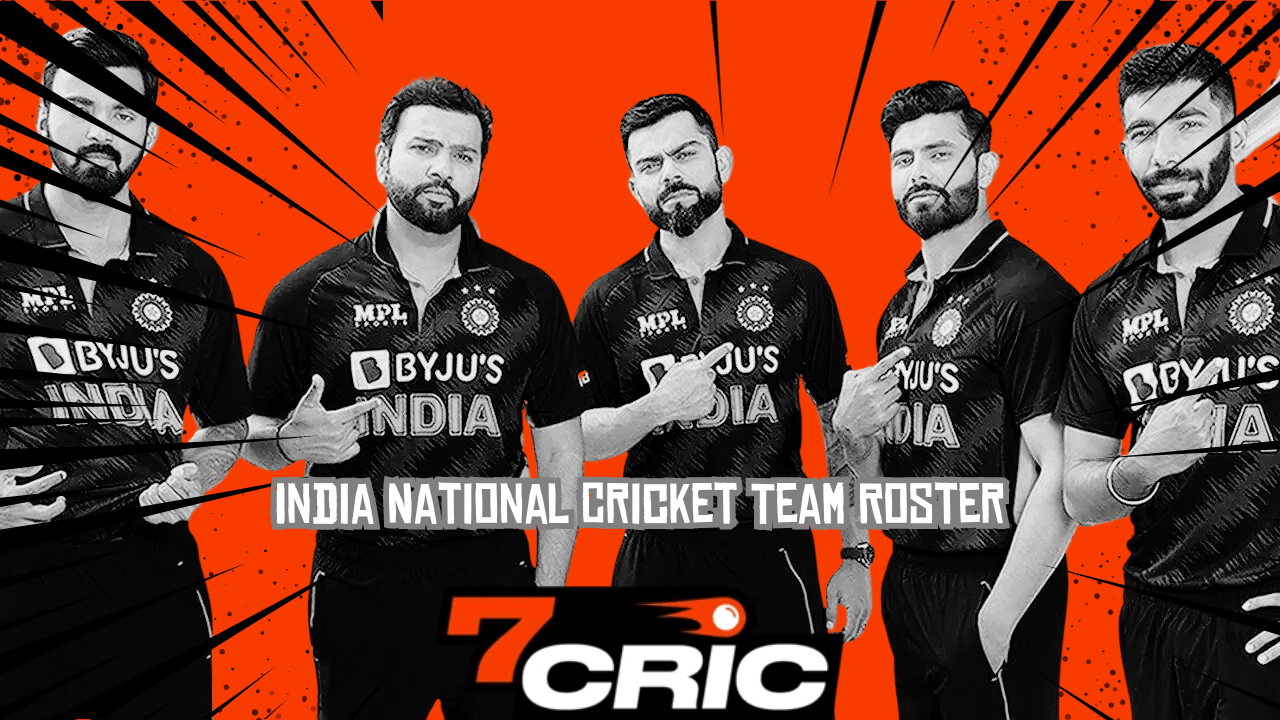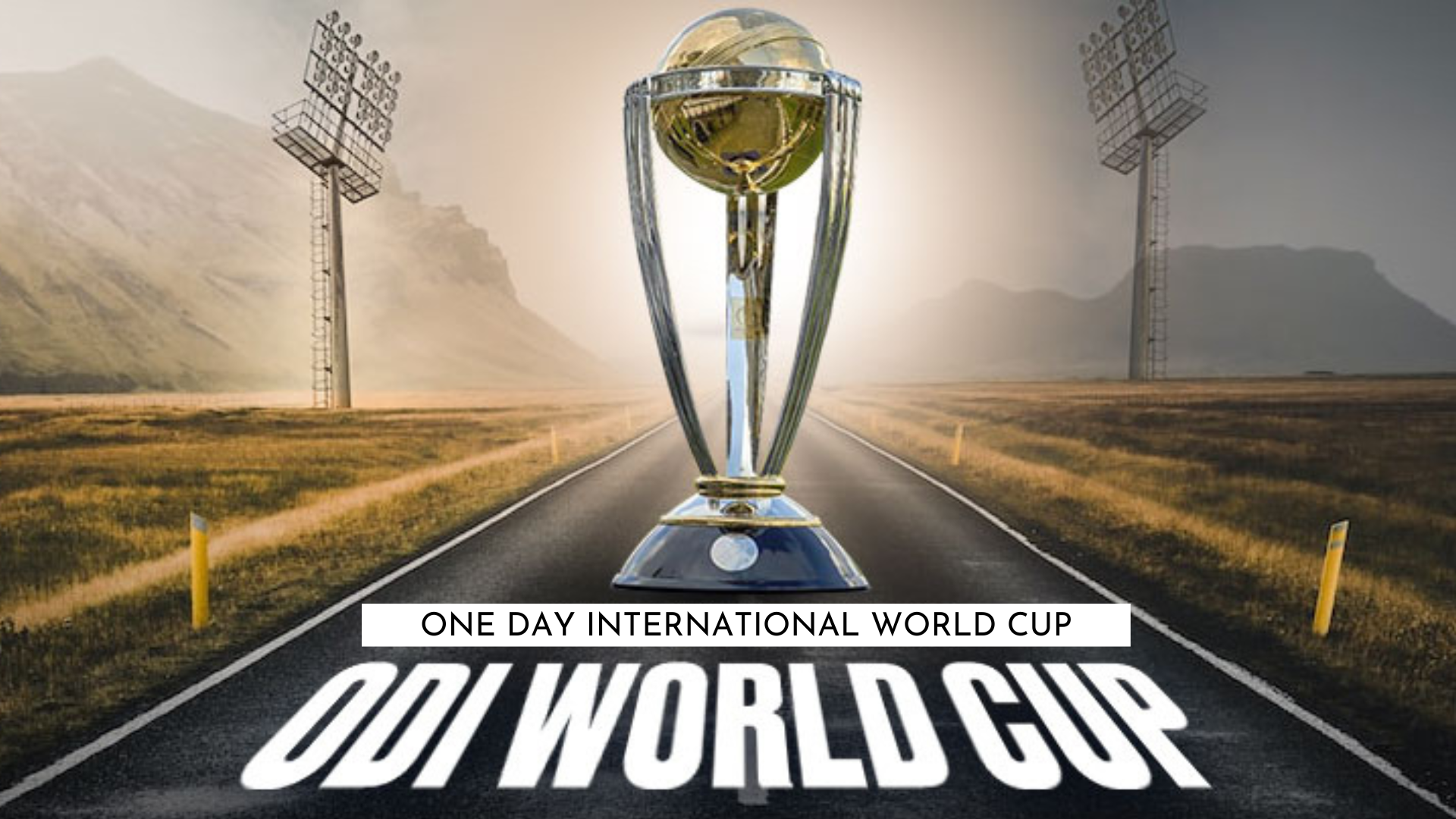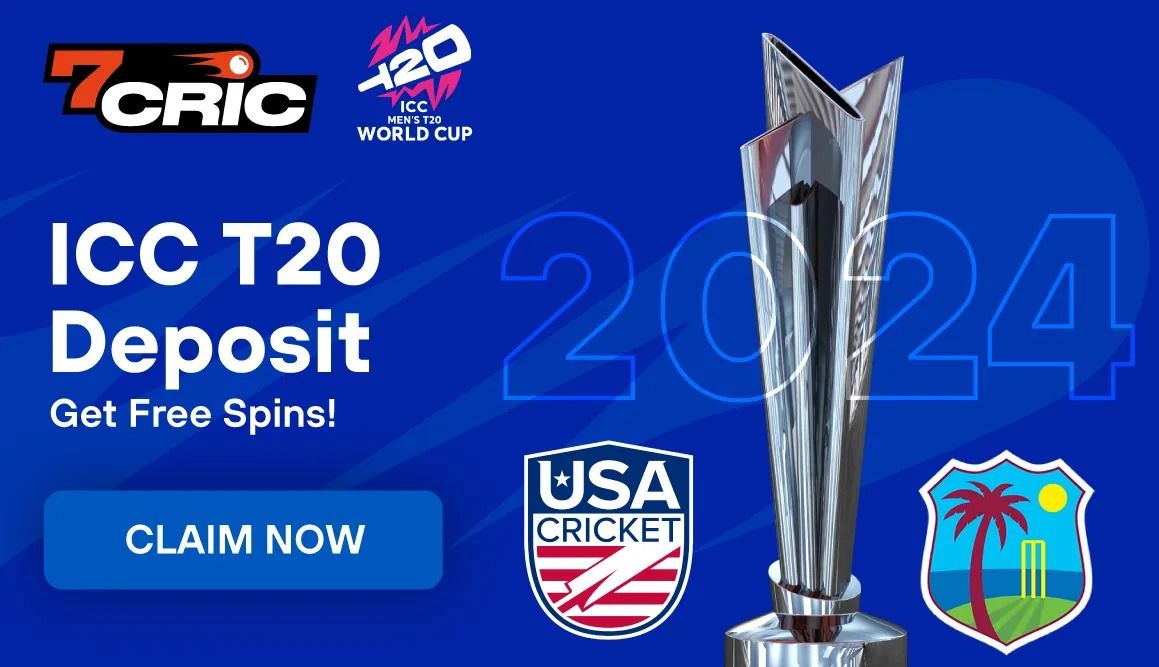The utilization of the referral system in cricket has become an integrated aspect of contemporary matches. Widely regarded as a euphemism for the Decision Review System (DRS), this system allows players to challenge umpiring decisions on-field by requesting a review from the third umpire.
The introduction of this system has significantly impacted the decision-making process during matches, providing an additional layer of scrutiny and analysis.
This article aims to explore the intricacies of how referrals work in cricket, their influence on umpiring decisions, and the strategic implications for players.
Key Takeaways
- Analyzing footage accurately is crucial in making informed decisions and increasing the chances of successful referrals.
- Paying attention to specific details such as ball trajectory, bat-pad contact, and potential deviations from expected outcomes is essential in assessing the umpire's call.
- Understanding the limitations and reliability of camera angles helps in making informed decisions based on the available footage.
- Consulting with teammates and seeking guidance from team coaches enhances the decision-making process and increases the chances of successful referrals by utilizing their better view of the action and accessing additional information.
How Does the Referral System Work in Cricket?
The referral system in cricket is a mechanism that allows players to challenge on-field decisions made by the umpires. It has been introduced to reduce human error and ensure fairness in the game.
The role of technology in this system is crucial, as it provides video evidence that can be used to review and overturn decisions.
When a player disagrees with an umpire’s decision, they can request a referral, which involves signaling a ‘T’ shape with their hands and asking for the decision to be reviewed by the third umpire using available technology.
The third umpire then reviews the footage and makes a decision based on what is shown. This use of technology has brought about significant changes in cricket, providing more accurate judgments and reducing controversy surrounding wrong decisions.
However, controversies surrounding referrals still persist despite the use of technology. One major point of contention is the limited number of referrals each team can make during an innings or match.
This restriction has led to strategic use of referrals by teams, sometimes challenging marginal decisions simply because they have them available rather than due to genuine doubts over the correctness of the call.
Another issue is when there is lack of clear evidence to overturn an initial decision, leading to frustration for players who feel aggrieved.
Impact of Referral on Umpiring Decisions
One factor that influences umpiring decisions is the use of a technological system to review and challenge on-field rulings.
In cricket, the referral system has been introduced to assist umpires in making accurate decisions by allowing teams to question certain rulings made by on-field officials.
The role of technology in umpiring decisions cannot be understated, as it provides an additional layer of scrutiny and ensures fairness in the game.
The referral system has not been without controversies. Some argue that it disrupts the flow of the game and prolongs matches due to time-consuming reviews.Others believe that it puts undue pressure on players and can lead to unnecessary tactical referrals.
Additionally, there have been instances where technology itself has come under scrutiny, with concerns about its accuracy and reliability.
Despite these controversies, the referral system has become an integral part of modern cricket. It allows for more precise decision-making and helps eliminate potential errors that may occur during fast-paced matches.
Moreover, advancements in technology have led to improvements in review systems, addressing some of the initial concerns surrounding their implementation.
Evolution of the Referral System in Cricket
An examination of the evolution of the system for reviewing and challenging on-field decisions in cricket reveals a progression towards greater efficiency and accuracy over time.
The history of the referral system can be traced back to its introduction in Test matches in 2008, followed by its implementation in One-Day Internationals (ODIs) and Twenty20 Internationals (T20Is).
Initially, players were allowed to challenge decisions made by on-field umpires using a limited number of reviews. However, controversies arose due to inconsistent application and interpretation of the rules.
To address these issues, several modifications have been made to the referral system. The International Cricket Council (ICC) has introduced technologies such as ball tracking and ultra-edge technology to assist with decision-making.
This has significantly improved the accuracy of reviews, minimizing errors caused by human judgment. The table below summarizes the key milestones in the evolution of the referral system:
| Year | Milestone |
|---|---|
| 2008 | Introduction of referral system in Test matches |
| 2011 | Implementation of referral system in ODIs |
| 2017 | Integration of ball tracking technology into reviews |
| 2019 | Introduction of additional unsuccessful review per innings |
These developments have not only reduced controversies surrounding umpiring decisions but have also enhanced player confidence in the fairness of outcomes.
In the subsequent section about player strategies and tactics with referrals, we will explore how teams strategically utilize their allotted reviews during matches without explicitly mentioning ‘step’.
Player Strategies and Tactics with Referral
The strategic use of referral by captains and team management is an important aspect of cricket. It involves careful consideration of when to challenge umpire decisions, taking into account various factors such as the game situation, player confidence, and the likelihood of success.
This decision-making process can have a psychological impact on both players and umpires, affecting their mindset and decision-making abilities.
To make effective referrals, players should employ certain tips such as maintaining clear communication, using technology judiciously, and understanding the rules and regulations surrounding the referral system.
Strategic Use of Referral by Captains and Team Management
Strategically employing the referral system is a significant aspect of decision-making for captains and team management in cricket.
The referral system has been subject to numerous controversies in cricket, with some questioning its reliability and impact on the game’s integrity.
However, advancements in technology have played a crucial role in improving the accuracy of referral decisions.
Captains and team management must carefully consider several factors when deciding whether to make a referral, including the significance of the decision, the available number of referrals, and the confidence level in their assessment.
Moreover, they need to assess the potential psychological impact on players and umpires before making a final decision.
Understanding these aspects allows teams to utilize the referral system strategically and maximize their chances of overturning incorrect decisions without negatively affecting player morale or umpire performance.
Transitioning into the subsequent section about ‘psychological impact on players and umpires,’ it is essential to recognize how this aspect can influence referral decisions without compromising fairness or sportsmanship.
Psychological Impact on Players and Umpires
The strategic use of referrals in cricket by captains and team management has a significant psychological impact on players and umpires.
Referrals, or the act of challenging an umpire’s decision through the use of technology, can create mental pressure for both players and umpires alike.
Players may feel the weight of making crucial decisions that could potentially affect the outcome of the match. Umpires, on the other hand, may experience added stress as their decisions are put under scrutiny.
The decision-making process becomes more complex as players need to quickly assess whether a referral is worth pursuing, considering factors such as their confidence in their own judgment and the potential consequences of losing a referral.
These psychological aspects undoubtedly influence how referrals are approached in cricket. Transitioning into tips for players on making effective referrals, it is essential to understand certain strategies that can enhance decision-making during these intense moments.
Tips for Players on Making Effective Referrals
Transitioning into effective referral strategies, players can enhance their decision-making during intense moments by understanding certain key factors.
One crucial aspect is the ability to analyze footage accurately. By carefully reviewing the available video evidence, players can make more informed decisions when deciding whether or not to challenge an umpire’s call.
This involves paying attention to specific details such as ball trajectory, bat-pad contact, and potential deviations from expected outcomes.
Additionally, players should consider the reliability of different camera angles and the limitations they may pose in capturing critical moments clearly.
To further aid their decision-making process, players could also consult with teammates who have a better view of the action or seek guidance from team coaches who might have access to additional information.
By employing these strategies and utilizing technology effectively, players can maximize their chances of making successful referrals in cricket matches.
| Key Factors |
|---|
| Analyze footage accurately |
| Assess bat-pad contact |
Table: Key factors for making effective referrals in cricket matches
Conclusion of Referral
The referral system in cricket has become an integral part of the game, impacting umpiring decisions and enhancing the overall fairness. It allows teams to challenge on-field decisions made by the umpires, leading to a more accurate outcome.
The evolution of this system has seen improvements in technology and its implementation over time. Players have also developed strategies and tactics around utilizing referrals effectively.
One interesting statistic is that since the introduction of referrals, the percentage of correct decisions has increased from 92% to 98%, highlighting its significant contribution to fair play in cricket.
Frequently Asked Questions: Referral
What are the consequences of a team exhausting all their referrals?
The consequences of a team exhausting all their referrals in cricket can have a significant impact on the game. It means that they will no longer have the ability to challenge umpire decisions, potentially leading to unfair or incorrect rulings.
Can a team request a referral for any type of decision made by the umpire?
Teams can request a referral for certain decisions made by the umpire, such as LBW, catches, and boundaries. However, the team's decision to use the referral is subject to the umpire's authority and their interpretation of the rules.
Are there any limitations on the number of referrals a team can make in a match?
There are limitations on the number of referrals a team can make in a cricket match. Each team is allowed a certain number of unsuccessful referral requests, which can impact decision making by influencing the availability of reviews for potentially contentious decisions.
How does the referral process impact the flow of the game?
The referral process in cricket has a significant impact on game momentum and allows teams to strategically use their referrals. It adds a strategic element to the game and can alter the course of play by overturning decisions made by umpires.
Are there any specific guidelines or criteria that determine whether a decision can be overturned through the referral system?
The referral system in cricket follows specific guidelines and criteria for decision overturning. These include the use of technology, such as ball-tracking and snickometer, as well as adherence to strict protocols regarding timing and player involvement.











